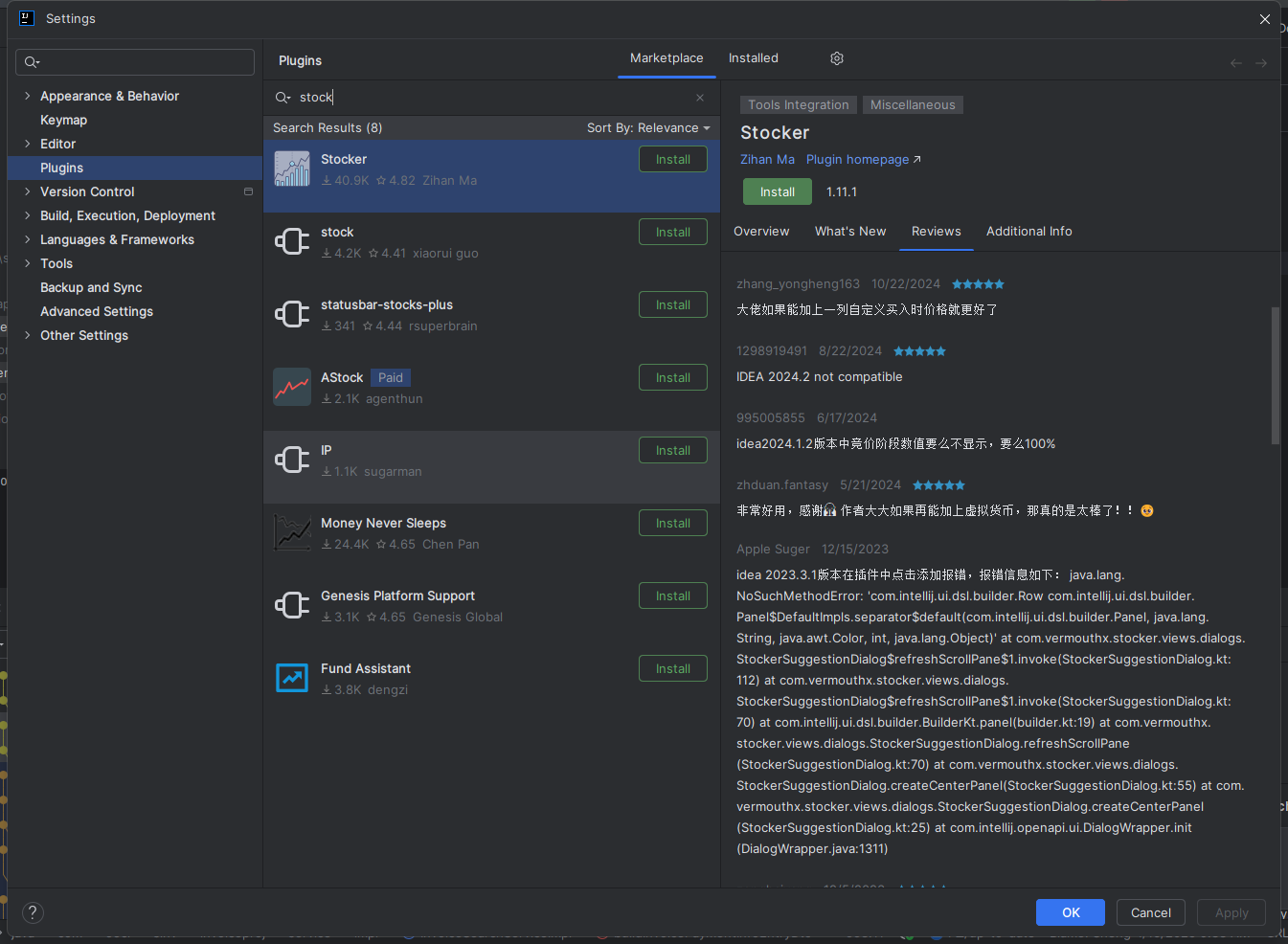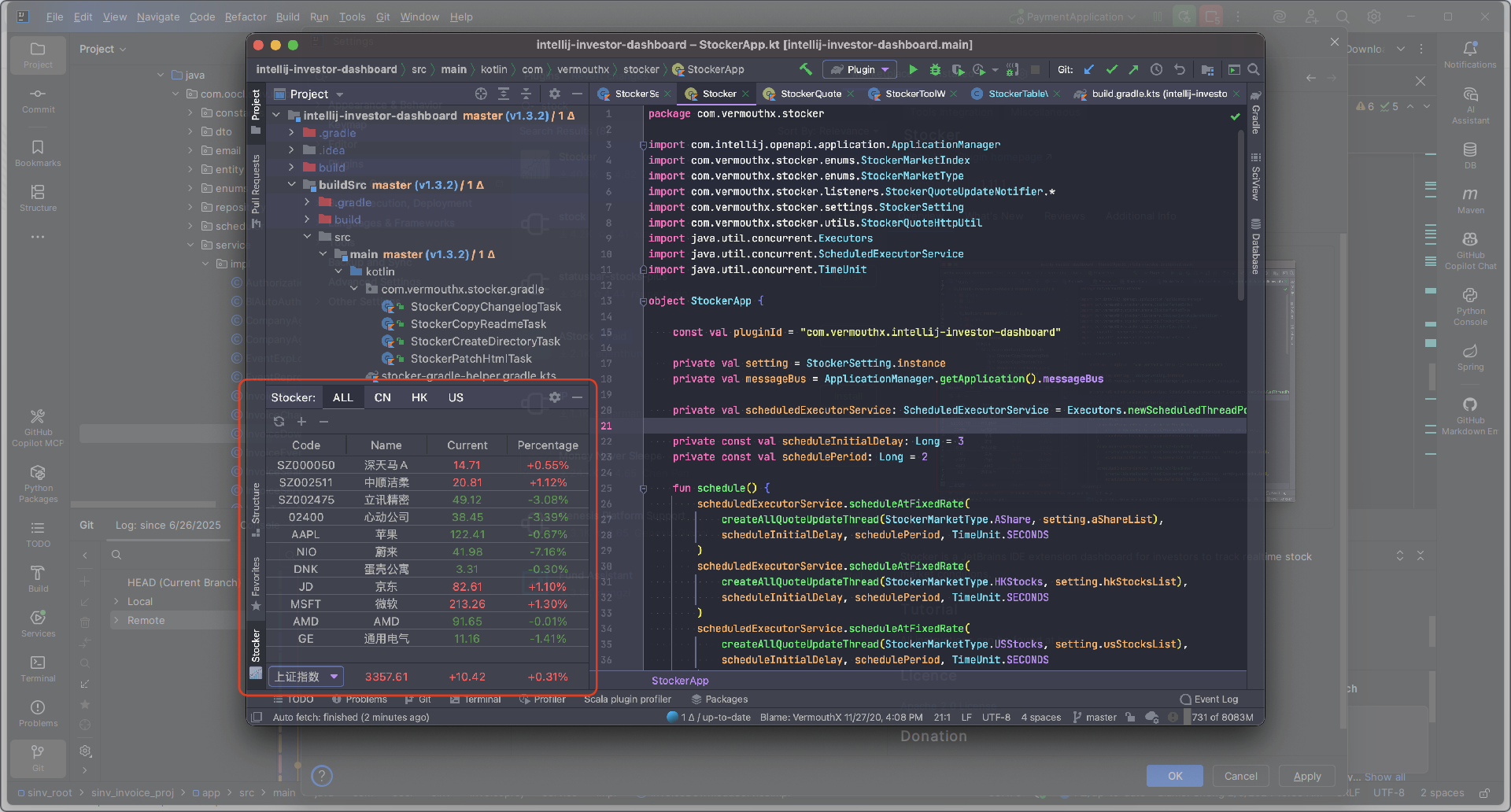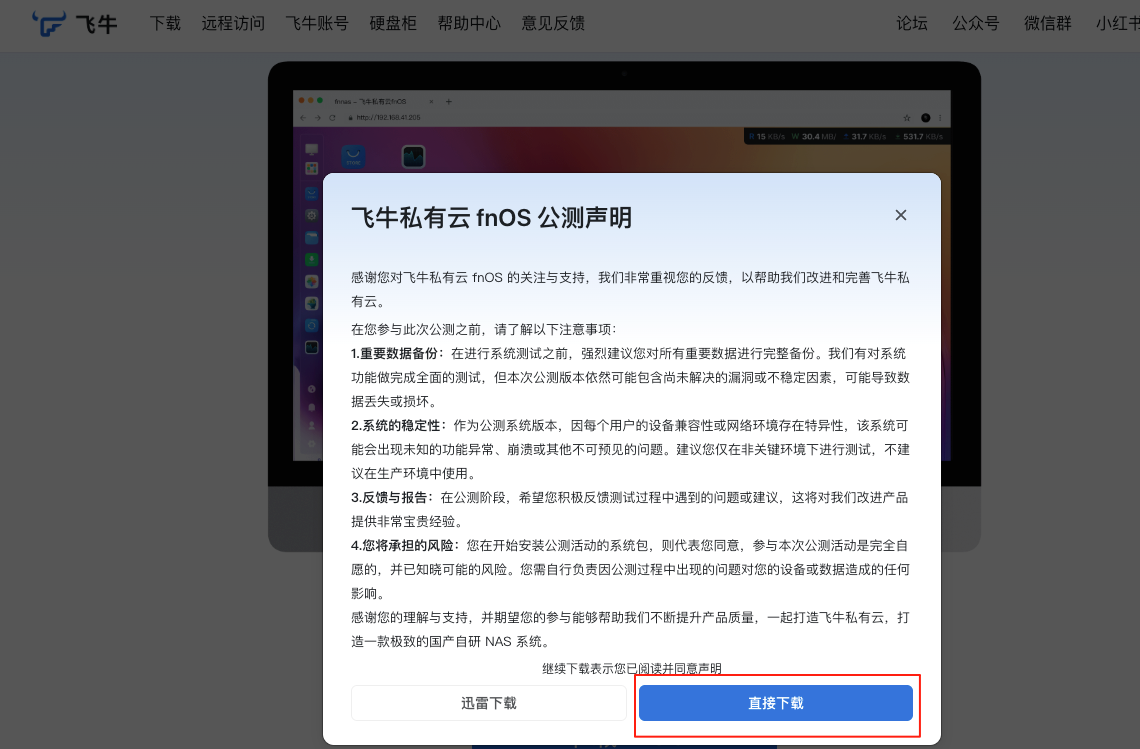IntelliJ IDEA开发编辑器摸鱼看股票数据
在IDEA的插件市场中心搜索stock,检索结果里面的插件,点击安装即可

安装后的效果
在IDEA的插件市场中心搜索stock,检索结果里面的插件,点击安装即可

安装后的效果
有时候需要下载历史的群晖套件,可以通过以下地址前往
https://archive.synology.com/download
创建虚拟机
配置虚拟机
https://iso.liveupdate.fnnas.com/x86_64/trim/fnos-0.9.2-863.iso
在 Vue 中使用 dayjs 处理时区,可以通过安装并配置 dayjs 的时区插件来实现。以下是一个完整的示例,展示如何在 Vue 应用中使用 dayjs 进行时区处理。
dayjs如果还没有安装 dayjs,可以使用 npm 安装:
npm install dayjsdayjs 和时区插件在 Vue 组件中,可以导入 dayjs 和所需的插件,并进行配置。以下是一个示例组件:
<template>
<div>
<h1>时间处理示例</h1>
<p>输入时间: {{ timeString }}</p>
<p>处理后的时间: {{ processedTime }}</p>
</div>
</template>
<script>
import dayjs from 'dayjs';
import utc from 'dayjs/plugin/utc';
import timezone from 'dayjs/plugin/timezone';
dayjs.extend(utc);
dayjs.extend(timezone);
export default {
data() {
return {
timeString: '2024-10-08 10:27:24',
timeZone: '', // 可以是 'GMT' 或者 ''
};
},
computed: {
processedTime() {
if (!this.timeZone) {
// 使用输入字符串的年月日,填充当前时分秒
const currentTime = dayjs();
return dayjs(`${dayjs(this.timeString).format('YYYY-MM-DD')} ${currentTime.format('HH:mm:ss')}`).format('YYYY-MM-DD HH:mm:ss');
} else if (this.timeZone === 'GMT') {
// 如果时区为 GMT,进行换算
return dayjs.utc(this.timeString).tz('GMT').format('YYYY-MM-DD HH:mm:ss');
}
return '';
},
},
};
</script>
<style scoped>
h1 {
font-size: 24px;
}
</style>dayjs 和插件:在组件中导入 dayjs 及其 UTC 和时区插件,并进行扩展。数据属性:
timeString: 输入的时间字符串。timeZone: 时区字段,可以是 'GMT' 或者空字符串。计算属性 processedTime:
timeZone 为空,使用输入字符串的年月日,结合当前时间的时分秒。timeZone 为 'GMT',使用 dayjs.utc() 进行转换。将上述代码放入 Vue 组件中,可以根据需要调整 timeString 和 timeZone 的值,看到相应的处理结果。
dayjs。"1.5b"、"7b"、"8b"、"14b"、"32b"、"70b" 和 "671b" 表示模型的参数数量。
参数数量是衡量机器学习模型复杂性和能力的一个重要指标。一般来说,参数越多,模型的表达能力和学习能力通常也越强,但这也意味着需要更多的计算资源和训练数据。
在 DeepSeek 模型中,列出的不同参数数量的模型可能用于不同的应用场景,开发者可以根据需求选择合适的模型。例如:
大参数模型(如 70b 或 671b)则通常在处理复杂任务时表现更好,但对计算资源的需求也更高。
不同参数规模的大模型对机器配置的要求会有所不同。以下是一些大致的配置建议,具体需求可能会因模型的实现方式、框架和优化程度而有所变化:
闲暇时间记录一下大模型的日志,欢迎各位感兴趣的可以互相交流学习,fullkyle